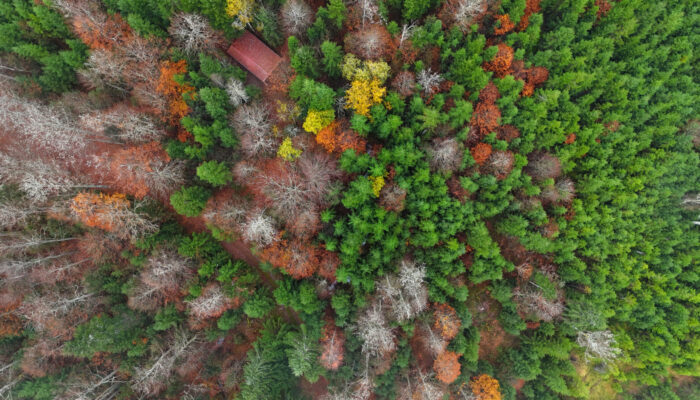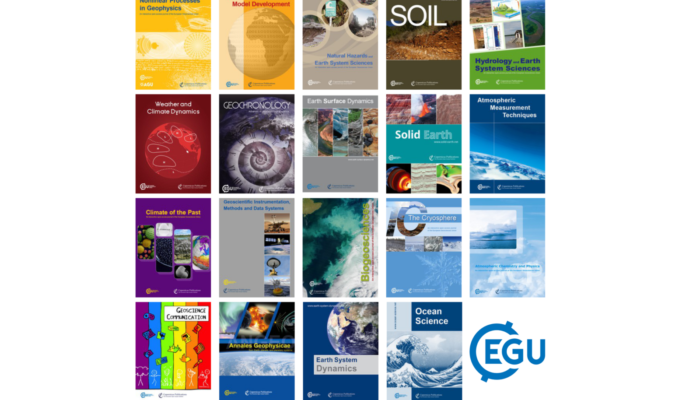Yet another global guide to saving democracy, this time titled The Anti-Autocracy Handbook: A Scholars’ Guide to Navigating Democratic Backsliding, authored by an all-star cast of academics based in the U.S., Europe, and Australia. Because, clearly, when it comes to understanding the creeping rise of authoritarian regimes, who better to consult than experts who live and work in societies whe ...[Read More]
Democracy from the ivory tower: A response to the Anti-autocracy Handbook from a Global South perspective




